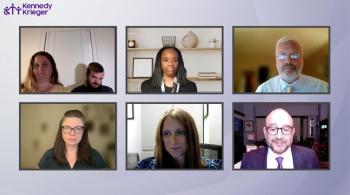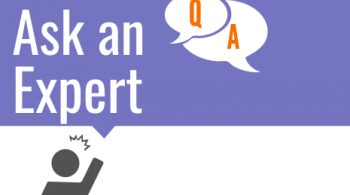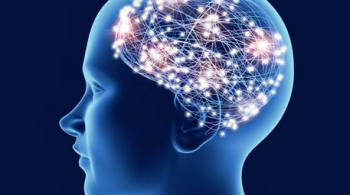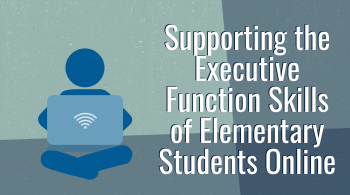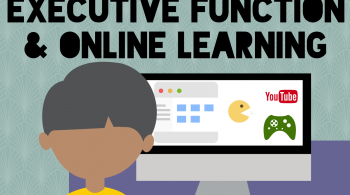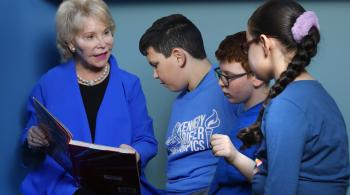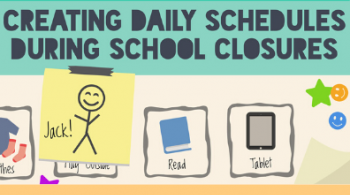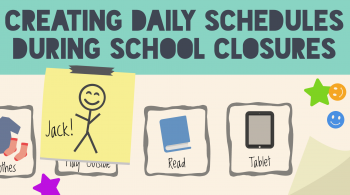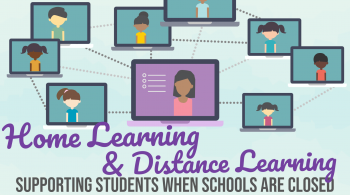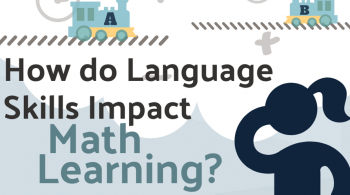By Lisa Carey
August 18, 2015
Neuromyths, or misunderstandings about the brain, are prevalent in many social sciences, but especially in education. As mentioned in our other post, Put a Brain on It!, one study found that belief in neuromyths is common among teachers internationally (Dekker, et al., 2012). Ironically, researchers found that teachers with some knowledge of the brain were more likely to believe neuromyths. Most likely, these teachers knew just enough to make some misconceptions about the brain seem plausible.
While there are many myths about the brain floating around out there, not all of them have the potential to negatively impact decisions made in the classroom. This list is in no means exhaustive, but we can start by focusing on the few neuromyths that have the potential to negatively influence our instructional decision-making. Please don’t be dismayed if while reading, you realize you have believed in a neuromyth! As myth No. 1 points out, we are all capable of learning and growing, no matter what age!
-
Students are “Hardwired”
Neuroplasticity might be the most exciting and beautiful thing I have ever learned about the human brain. In an interview, Dr. Michael Merzenich, a neuroplasticity researcher, stated that the “brain is constructed for real optimism” because it has the ability to change throughout life. Humans can always learn, change, and develop new skills. It is important for educators to see their role in brain development as well as the ability for students to continue to change and develop. The assumption that students are “hardwired” could unfortunately result in teachers dismissing learning opportunities for students who are labeled with disabilities or are experiencing other obstacles in their lives, such as poverty.
-
Critical Periods
“If he doesn’t get it now, he’ll never get it.” This phrase need not be used in our classrooms because there are no critical periods for learning. There are, however, “sensitive” periods of time in which learning a new skill is easier. For example, learning a language is much easier in early childhood than later in life. While this myth allowed me to successfully argue with my parents that my failure to thrive in Spanish class was not my fault, in reality, I probably needed to put more effort into studying and find new ways to engage with the material (see myth # 5). We now know that it is possible for humans to gain new skills at different points throughout the life span. As a former high school teacher, I find the truth behind this myth to be particularly gratifying, as it means that it is never too late for our students to have that “ah-ha!” moment.
-
Learning Styles
The concept of “learning styles” is intuitive to educators, as our students are diverse individuals with a myriad of talents and weaknesses, and thus there must be an identifiable best way to teach each student. However, when it comes to research, the idea that each student has a specific learning style is just not empirically supported. While Howard Gardner’s theory of multiple intelligences encourages educators to see intelligence as more fluid and holistic than the traditional concept of the intelligence quotient, when used to support learning styles, the theory creates an image of a fixed student with limited pathways for learning. In fact, new research has demonstrated that when students were matched with their identified learning style, they did not perform better than students grouped by ability on a posttest (Allock & Hulme, 2010). The concept of fixed learning styles poses the same threat to students as the “hardwired” myth and prevents us from seeing the contextual nature of ability. Rather than focus on learning styles, we should encourage students to explore their preferences as learners through self-reflection on frequently used strategies or study skills.
-
Left Brain v. Right Brain
It has become popular to characterize people as either “left-brained” or “right-brained” based upon certain personality traits and talents. However, with the exception of a very few people who were born missing a hemisphere of their brain, or have had a hemisphere removed in order to address medical concerns (such as epilepsy); your students will use both hemispheres of their brain. In-fact, these hemispheres are joined together through a structure called the corpus callosum and work together through neural networks that span the hemispheres. When we tell students that they are either left brained or right brained, we risk sending a message that they are “hardwired” for certain skills and cannot develop skills in other areas. Research in the area of praise and growth mindset has demonstrated that students are better able to overcome obstacles when they see themselves as capable of perseverance, rather than fixed in their ability (Muller & Dweck, 1998). Rather than telling a creative student that they are “left-brained” and run the risk of them giving up on their so-called “right-brained” abilities, such as math, we should celebrate their talents and their perseverance.
-
We Are Either Emotional or Rational
We often discuss emotion and rationality as dichotomous elements of human cognition. However, even Sherlock Holmes had to admit from time to time that his decision-making involved both his rational consideration and his emotional response to a situation. In fact, in cases where the connection between these neural networks was severed, patients lost the ability to make even previously easy everyday decisions (Damasio, 2005). Our emotional selves are nothing to hide or shame. This piece of our brain is important in attention, memory, and decision-making. Don’t bother to separate emotion from reason—- your brain doesn’t.
Bonus Round: Don’t worry about unlocking the other 90% of your student’s brains, (Morgan Freeman’s character in Lucy was pure fiction) we use more than 10% of our brains, it’s just that we use different parts at different times.
While it is known that educators have some misinformation about the brain, we still don’t have a clear, research-based understanding of how neuromyths affect instructional decisions. In an effort to understand more about the possible impact of neuroscience misconceptions, the L.E.a.R.N. Lab (Learning, Education, and Related Neuropsychology Lab) at American University is collecting data from people in various professions. In fact, you can participate in Lab Director Dr. Lauren McGrath’s study by clicking here and completing the online survey.
For more on neuromyths, visit the following site: http://www.brainfacts.org/Neuromyths
References:
Allcock, S.J., Hulme, J.A. (2010). Learning Styles in the Classroom: Educational Benefit or Planning Exercise? Psychology Teaching Review, 16, 2, 67-79.
Campbell, G. (2014, January 1). Brain Plasticity with Michael Merzenich. Brain Science Podcast. Podcast retrieved from http://brainsciencepodcast.com/bsp/2014/bsp-105-merzenich.
Dekker, S., Lee, N.C., Howard-Jones, P. , Jolles, J. (2012). Neuromyths in Education: Prevalence and Predictors of Misconceptions Among Teachers. Frontiers in Psychology, 3, 1-8.
Damasio, A.R. (2005). Descartes’ Error: Emotion, Reason, and the Human Brain. New York, NY: Penguin Books.
Muller, C.M., Dweck C. S. (1998). Praise for Intelligence Can Undermine Children’s Motivation and Performance. Journal of Personality and Social Psychology, 75, 1, 33-52.
Pashler, H., McDaniel, M., Rohrer, D., and Bjork, R. (2009). Learning styles: Concepts and Evidence. Psychological Science in the Public Interest, 9, 3, 105-119.


